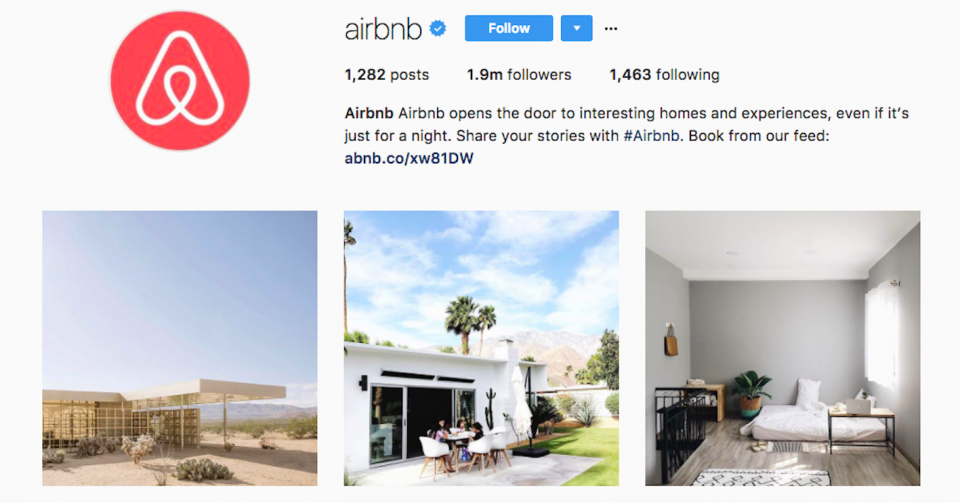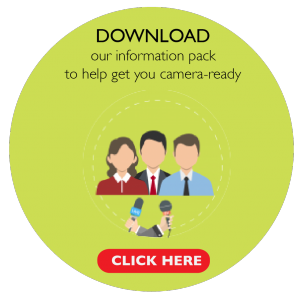Is your company still at its beginning? Nobody really knows who you are? A content marketing campaign is the way forward. The question, however, is where and what kind of content you should create. Your options include thought leadership articles, industry reports, creative infographics, white papers, press releases, consumer guides and a growing stream of publishing platforms. With an increasing amount of content choices, it’s hard to pick the right one.
If no one has ever heard of you, it’s important to make a good first impression. Creating content for your brand is the best way to trigger and control the impact you want to make. Here are a few questions you need to consider when creating content for your still young and unknown brand:
1. What platform to use?
Social media has seemingly made it easy for brands to reach far and wide, but the truth is that it’s increasingly hard to break through the noise, especially if you don’t have a sufficient following yet. As there are a large variety of platforms to explore, you can’t be everywhere simultaneously. Not even the most established companies are present on all social platforms. The trick is to concentrate your efforts. But where?
If you know your business and customers, you probably have a good idea where you might find the right audience. If you are an e-commerce business trying to reach consumers, you want to be on Facebook and Instagram. But if you are a B2B company, you will have better chances of promoting yourself on LinkedIn and Twitter. When you have decided on a platform, you should explore its various features. Don’t get distracted by toying around on other platforms. Although it’s recommended to have profiles on multiple platforms and repost content there, your primary content creation efforts need to be concentrated on one platform only – at least in the beginning. After conquering one platform, you can attempt to dip your feet elsewhere.
2. What kind of content to create?
Choosing the right platform for your business is just the first step. Next, you need to think about the type of content you want to produce. No matter the industry, it is ideal to use a variety of content types. That said, content works differently across industries. While no one will pay attention to your white paper if you are in the e-commerce space, everybody will take notice if you are a data analytics company.
Here are a few questions to get you started on finding a content match for your company:
- What are other companies in your industry doing?
- What can you do better?
- What is your expertise that differentiates you?
- What value is your content adding to users and consumers?
- What highlights your business best?
3. Where to begin?
Content marketing has become hugely popular, but often brands don’t think through their strategies enough. Before blogging and posting like there is no tomorrow, you need to define what you want to achieve. Most companies want to increase awareness, generate leads, drive conversions, collect emails or achieve similar goals. All of which are reasonable goals, but you need to define a goal that is aligned with your business objectives.
Before creating your very first post, you need to ensure that your website is up-to-date, mobile-optimised, offers a simple way to contact you and depicts your company in the best way possible. Why is this important? Imagine your content goes viral and plenty of traffic and leads come to your website, but your contact form doesn’t work or your website appears clunky on mobile – all of your content efforts go straight out of the window. Therefore, before creating any content, make sure you are ready to receive the traffic and leads it will generate.
4. Can you do it yourself?
One blog post per month is not an effective content marketing strategy. If this is all you have time for, you might as well not do it. You must remember that you are not the only one fighting for consumers’ attention. Once you have assessed your content needs, you need to be dedicated to executing it.
While some brands begin their content journey with freelancers or in-house, others work with content agencies right from the get-go. It’s not a one size fits all approach. Think about what is most effective for your company. If you are a B2B company, you might want to ask an agency to create content, but handle the direct engagement on Twitter yourself. Take on what you are confident with. If your company and an e-commerce and consumer-facing, content is even more crucial for your traffic, brand awareness, and campaigns. Depending on the size of your business, you might want to consider an in-house content team. If that isn’t possible for you yet, you can hire a content strategist, who can orchestrate the creation of content with agencies or freelancers.
Need help with content creation for your brand? Drop us a note at [email protected]


